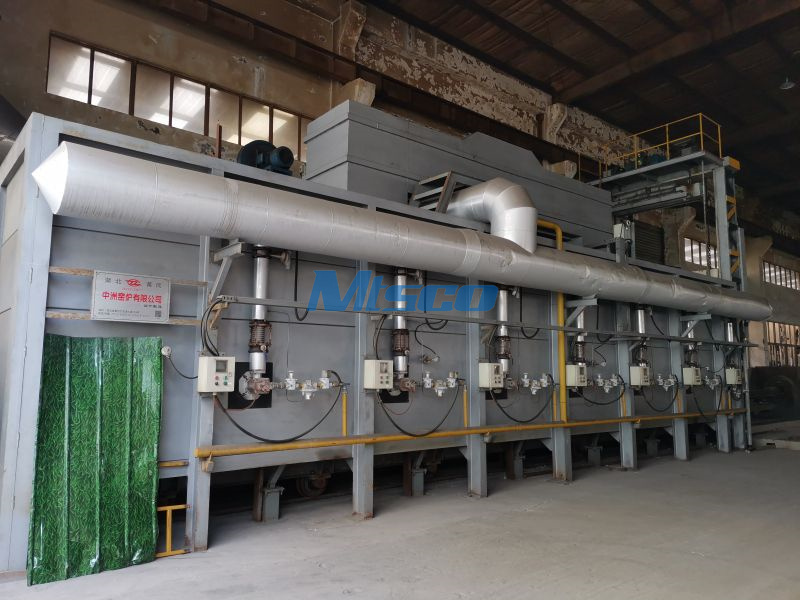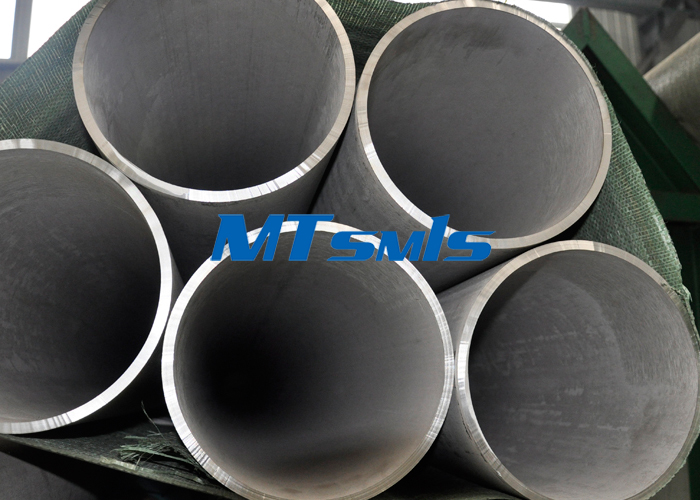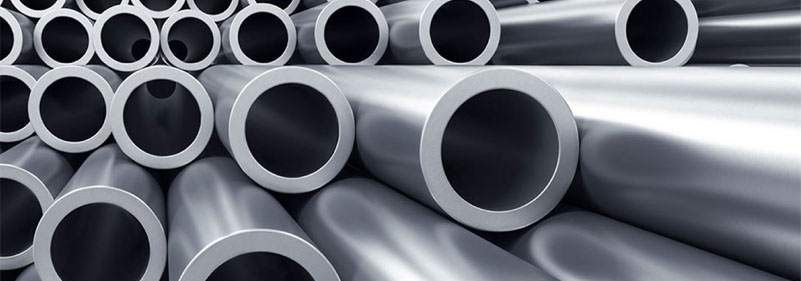Why should stainless steel pipes be solution annealed?
Austenitic stainless steel is softened by solid solution treatment. Generally, the stainless steel pipe is heated to about 950 ~ 1150 ℃ and kept warm for a period of time, so that the carbides and various alloy elements are fully and evenly dissolved in austenite, and then cooled by rapid quenching water. Carbon and other alloy elements have no time to precipitate to obtain pure austenite structure, which is called solid solution treatment.

There are three functions of solid solution treatment.
1. It is particularly important for raw materials to make the microstructure and composition of steel pipe uniform, because the rolling temperature and cooling rate of each section of hot-rolled wire rod are different, resulting in inconsistent microstructure.
Atomic activity intensifies at high temperatures, σ The phase dissolves and the chemical composition tends to be uniform. After rapid cooling, a uniform single-phase structure is obtained.
2. Eliminate work hardening to facilitate continuous cold working.
Through solution treatment, the distorted lattice is restored, the elongated and broken grains are recrystallized, the internal stress is eliminated, the tensile strength of the steel pipe decreases and the elongation increases.

3. Restore the inherent corrosion resistance of stainless steel.
Due to carbide precipitation and lattice defects caused by cold working, the corrosion resistance of stainless steel decreases. After solution treatment, the corrosion resistance of steel pipe returns to the best state.
For stainless steel pipes, the three elements of solution treatment are temperature, holding time and cooling rate. The solution temperature is mainly determined according to the chemical composition.
Generally speaking, for grades with many kinds and high content of alloy elements, the solid solution temperature should be increased accordingly. Especially for the steel with high content of manganese, molybdenum, nickel and silicon, the softening effect can be achieved only by increasing the solid solution temperature and fully dissolving it.

 English
English 中 文
中 文 Español
Español Português
Português Deutsch
Deutsch Türk
Türk Pусский
Pусский عربي
عربي 한국인
한국인 日本語
日本語
